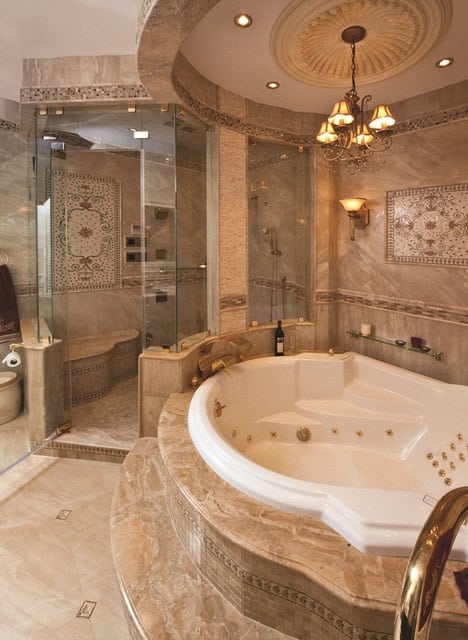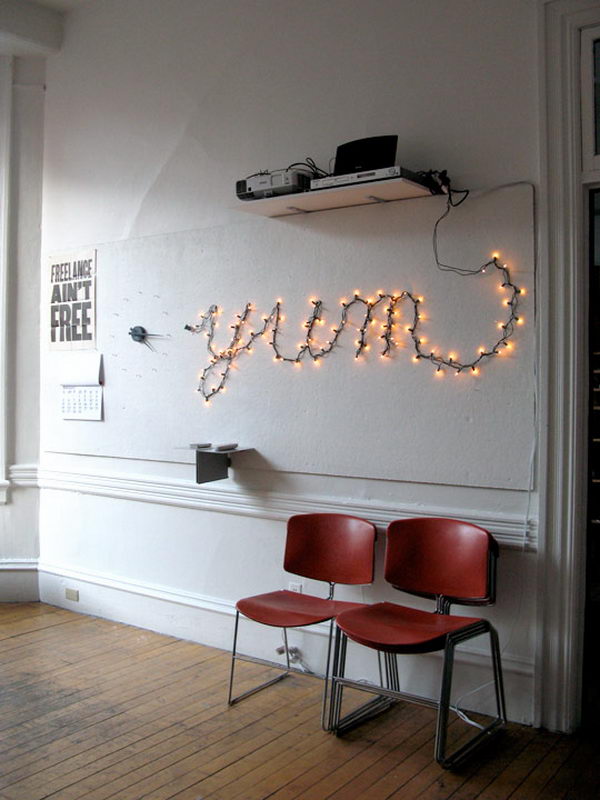Table of Content
The surface tension is what causes water to form drops. It also makes a dome shape across the top of a container that is filled to the top. Dip your straw into the bubble solution container so that it is wet halfway up the straw. Touch the straw to the lid and blow a bubble on the lid. Slowly pull the straw all the way out of the bubble. The force of surface tension also creates bubbles.
Some of these compounds have been linked to skin irritation, respiratory problems, developmental and reproductive issues, cancer, and environmental disruption. The Environmental Working Group provides a handy guide to help you find a safe dishwashing liquid to buy . Think big – if you want to scale up the recipe, you just need one part washing-up liquid to six parts water.
Pineapple Iced Tea
Adding them to the simple syrup keeps them soft and chewy while also adding a nice sweetness. If you want to make homemade tapioca pearls, mix 2 parts tapioca starch with 1 part boiling water. Mix together until you achieve a dough-like consistency.
It can be made with all sorts of tea—from plain black, jasmine or oolong tea to fruity herbal tea like strawberry, melon or mango. It’s most known for its iconic bubbles that are soft, chewy and a little sweet. People enjoy other unexpected add-ins like grass jelly (similar to Jell-O) or cheese foam . For instance, if you're using lemon dish soap, add lavender essential oil to make a lemon-lavender-scented bubble solution.
Can I make a dairy-free version of bubble tea?
Adding soap or detergent to water lowers the surface tension and allows larger bubbles to form. I had no idea that you used corn syrup in it. I LOVE this and will be making some for my kids since they love bubbles and I never seem to be able to find good ones.
The most popular game with bubbles has to be the old bubble blowing competition. Seeing who can blow the largest bubble is always fun. You can also see who can blow the most bubbles at once or see whose bubble lasts the longest before popping.
How To Make a Homemade Bubbles Mixture
A bubble is made of air trapped in a soapy film. The soap mixture that holds the air has three very thin layers—soap, water and another layer of soap. This “bubble sandwich” is called a soap film. All these layers work together to hold the air inside. A bubble pops when the water between the layers evaporates. To create larger bubbles, use the bubble wands.
Dip the business end of your bubble wand into the bubble solution. Multi-stranded twisted wire also provides nooks and crannies in the business end to hold more bubble solution than a bare wire or plastic loop. Real soap bubbles leave very soapy spots when they pop, so save them for outdoor play or bathtub fun … or for when you are about to mop the floor anyway .
Add 15 to 20 drops of essential oils if you want to make scented bubbles. You'll probably notice a light scent if you use liquid dish soap that has fragrance. Put warm water, dish soap, glycerin, and sugar into a bowl. Bubbles are pockets of soap and water that are filled with air. When soap and water are mixed together and the air is blown into the mixture, the soap forms a thin skin or wall and traps the air, creating a bubble. Make big, chunky bubbles with a plastic funnel.
Have kids compare the bubbles' shapes, sizes, and longevities by the bubble wand used. Anything that forms a plastic hole, like the top of a soda bottle or a plastic six-pack ring, can be used to blow bubbles, as long as it can get wet. Paper and cardboard products don't usually make for good bubble wands. Some people prefer this option because vegetable oils are more readily available.
By now, we’re sure everyone knows about edible bubbles for kids. And you may even have seen online recipes promising you can make your own at home. The Bubble Universe team takes a look at why. Commercial bubble-blowing solution is cheap and readily available. But as with so many products, it’s not always possible to know exactly what ingredients any given bottle may contain.

Try not to make the finishing line too far away as bubbles are pretty unstable and you don't want an unbeatable game. Take the children's ages into account when deciding the distance of the finishing line. Wrap the ends around the sides of the square to hold it together.
A square bubble would take up more space than a round one. Slowly pour some water from the second glass into the first glass until it is very full and the water forms a dome above the rim of the first glass. The burst bubbles may irritate sensitive skin or the areas around your eyes.
Scavenge for objects that you are getting rid of or that serve a different purpose but are a good fit for making bubbles. This sometimes requires thinking outside the box. Involve your kids in looking for items that have holes that could serve as bubble wands. Regular bubbles have a nice sheen of their own, but adding a few drops of liquid food coloring to the mixture really makes a big difference.
We’re not big fans of refined sugar, but adding a bit of granulated sugar to soap bubble solution is OK. An easy recipe detailing how to make homemade bubbles is available at the end of this article. Homemade bubbles are the favorite activity of little kids. Making DIY bubbles, blowing bubbles, and playing and chasing after bubbles!


No comments:
Post a Comment